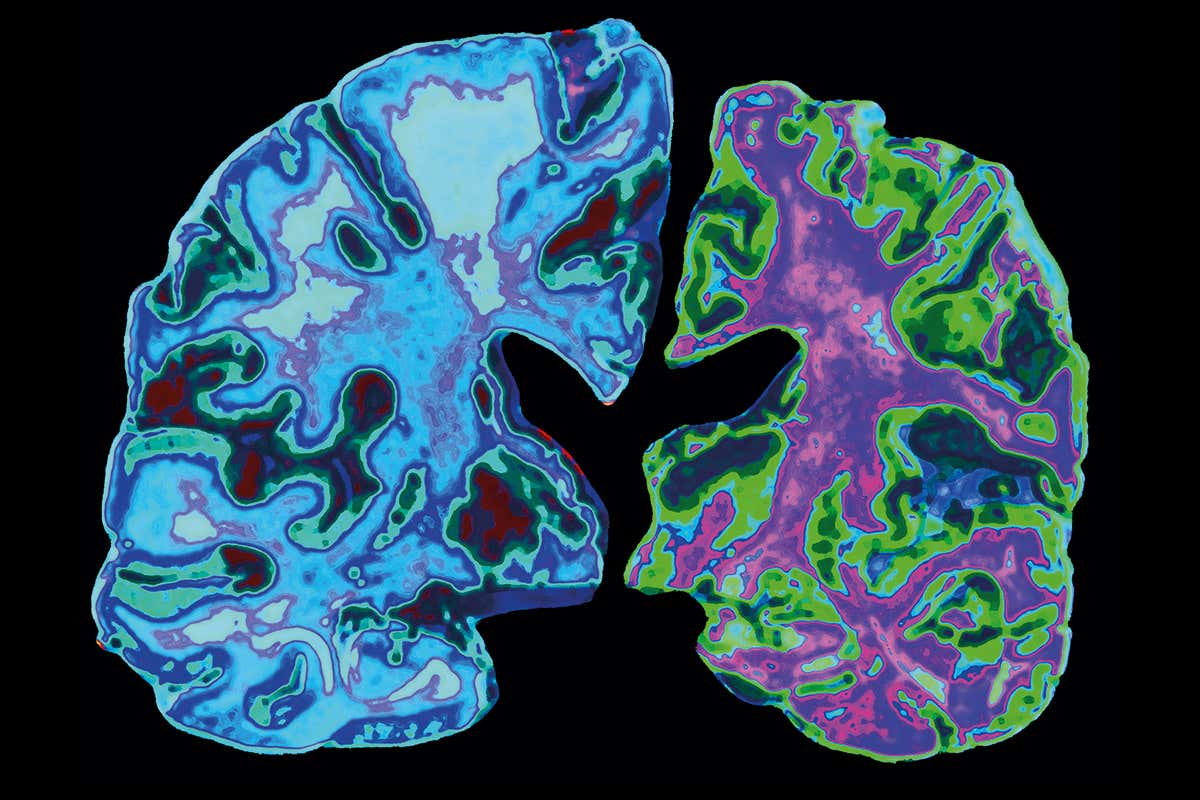Brushing and flossing are two of the most common steps which are a part of almost every other person’s morning routine. Both of them are beneficial to oral health and also recommended by dentists. However, for many people, following any measures for better oral health does not get rid of their main problem – bad breath.
It is a common assumption that bad breath means that a person has bad oral hygiene. While poor dental health can be a reason for having bad breath, this is a misconception and it is not true.
According to research, having bad breath or what is medically known as halitosis can be a symptom of a number of other health conditions as well. Health issues, specifically those related to the stomach and liver be a cause of having bad breath.
For example, people with gastroesophageal reflux disease or what is known in common language as GERD is among the biggest reasons a big number of people develop halitosis.
Recently, health care professionals have also noted that there may be other contributing factors to bad breath including tonsil stones. Tonsilitis or having tonsil stones can cause a range of complications, including halitosis.
Tonsils are lymph nodes located at both sides of the end of the mouth. The primary function of these tissues is to protect the body from infections and get rid of extra, fleshy tissues.
In addition, they can also detect potential pathogens and help fight them by releasing white blood cells and antibodies. The issues in these lymph nodes occur primarily because of crypts or cervices which are present in the lining of mucosa or the mucous membrane also that lines the nose, mouth, and throat.
RELATED: Bizzare Ways Astronauts Relieve Back Pain Easily
The crypts in the tonsils are the main reason debris and food get stuck inside them which then paves the way for tonsil storms to form. Over time, the debris calcifies or hardens, thereby creating calcium deposits or stones.
According to Kyra Osborne, who is head and neck specialist, many people may not have any symptoms of developing calcium deposits in their tonsils. In fact, if the stones are not causing any serious medical problem, it is best to leave them alone.
On the other hand, if the tonsil stones do start causing complications, a person may experience swelling, difficulty in swallowing, bad breath, visible white bump on tonsils, and irritation.
Usually, tonsil stones are not visible but some can become large enough to show up during an X-ray procedure. If the person with problematic tonsil stones does not get treatment, there is an increase in the risk of developing tonsilitis.
Tonsilitis is a condition in which bacteria and viruses infected the tonsils, which can result in headaches, fever, and even difficulty in speaking. In severe cases, a doctor may recommend surgery to get rid of tonsil stones.
Though the condition can affect people of all age groups, children over the age of eight are most commonly diagnosed with it. Secondly, people with more crypts in their tonsils are also at a higher risk of developing tonsil stones.
Persistent bad breath along with other aforementioned signs can hint at tonsil stones. Most doctors recommend following stricter oral hygenic pratcies to avoid stone formation. However, in case the calcium deposits continue to form, surgery may be the required.


